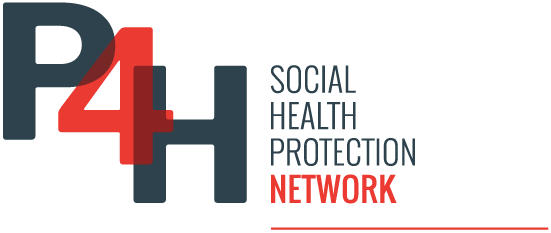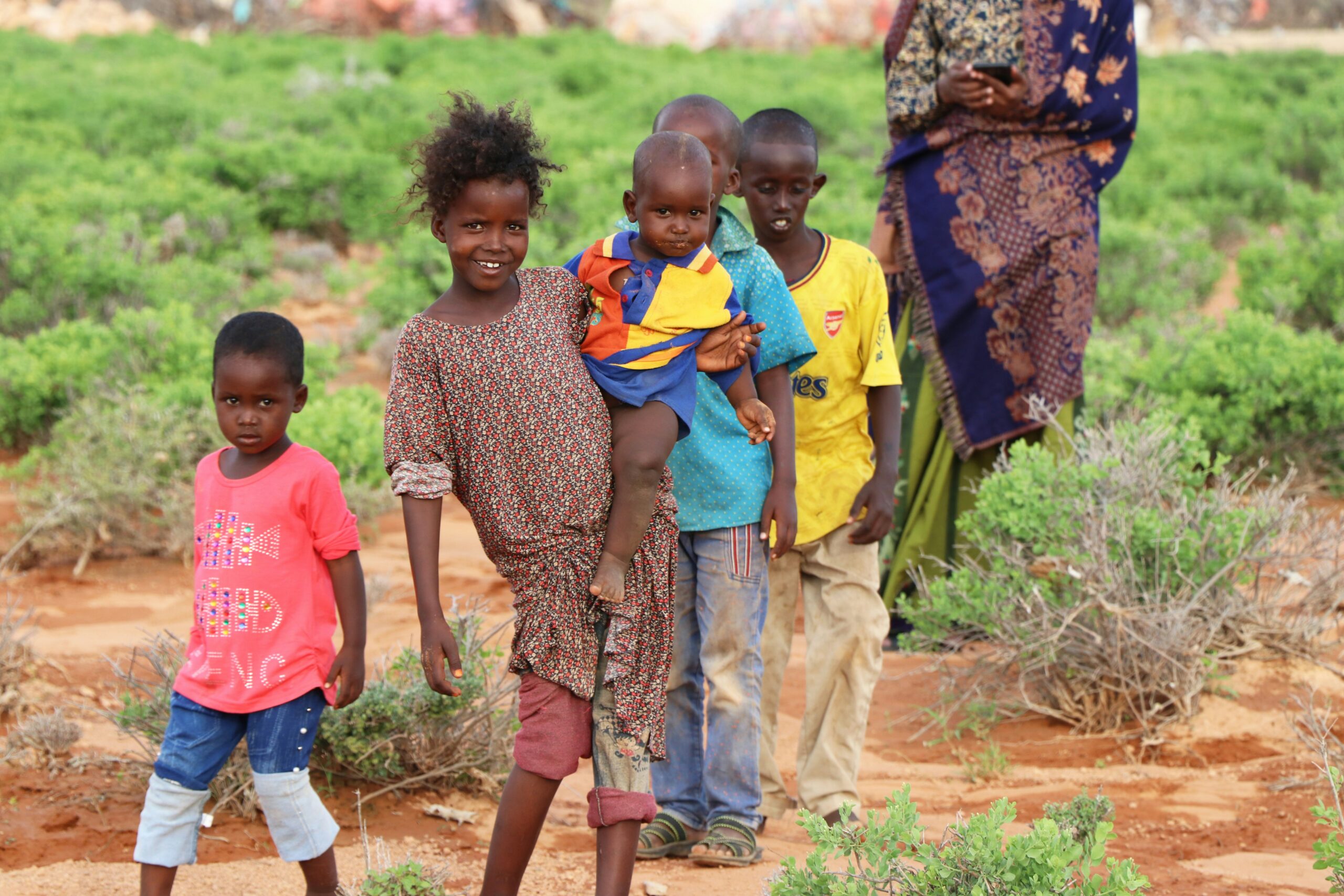The recent suspension of US foreign assistance poses a significant threat to Kenya’s health sector, jeopardizing access to vital services. However, this challenge also presents an opportunity for Kenya to enhance its healthcare resilience.
The recent suspension of foreign assistance to Kenya has raised significant concerns regarding the development sector and the sustainability of donor-supported programs, particularly in the health sector. Historically, US government assistance has been a cornerstone of health support in Kenya, funding public health research, service delivery, healthcare training, and policy development. The suspension threatens the health sector budget and could impede Kenya’s progress towards achieving universal health coverage (UHC).
Data from the Ministry of Health reveals that the US government has been the primary funder of health activities among donors, contributing over 60% of all foreign aid to the health sector, and as much as 71% in some years. For instance, between the financial years 2017 and 2019, over 70% of US funds were allocated to HIV services, while a lesser portion supported TB, malaria, and vaccinations.
A reduction in US funding poses a serious risk to healthcare services, jeopardizing the UHC goals unless alternative funding sources are identified. A World Bank report published in 2019 highlighted existing funding shortfalls in key health areas, including an estimated USD 4.5 billion deficit for HIV services. The discontinuation of US support would leave many patients vulnerable; approximately 1.3 million Kenyans living with HIV may lose access to antiretroviral (ARV) treatments, while thousands of orphaned and vulnerable children risk being abandoned due to lack of support.
Despite these challenges, the suspension also presents an opportunity for Kenya to lessen its dependency on external funding and enhance its healthcare resilience. Key strategies include increasing domestic health financing by reallocating resources in national and county budgets. The government could expedite the integration of donor-dependent programs, such as HIV services, into standard healthcare delivery systems. This integration would reduce the necessity for separate clinics and laboratories, optimizing the use of limited resources.
In the medium term, the Kenyan government should look to the private sector for additional healthcare funding through public-private partnerships. Exploring innovative financing mechanisms and enhancing the Kenya Medical Supplies Authority could also bolster healthcare affordability and accessibility. By focusing on local manufacturing of pharmaceuticals, Kenya can reduce its reliance on costly imported products.
Additionally, investing in community-based healthcare and primary health services would lower overall care costs while diversifying international funding sources can mitigate risks associated with dependence on a single donor.
In summary, while the temporary suspension of US support significantly threatens Kenya’s health sector, it also offers a critical juncture for the nation to reinforce its healthcare systems, innovate funding strategies, and aim for a more self-sufficient and resilient approach to health service delivery. By focusing on domestic resource mobilization, integrating services, and fostering private sector partnerships, Kenya can pave the way toward a robust and equitable health system that promotes the well-being of all its citizens.


